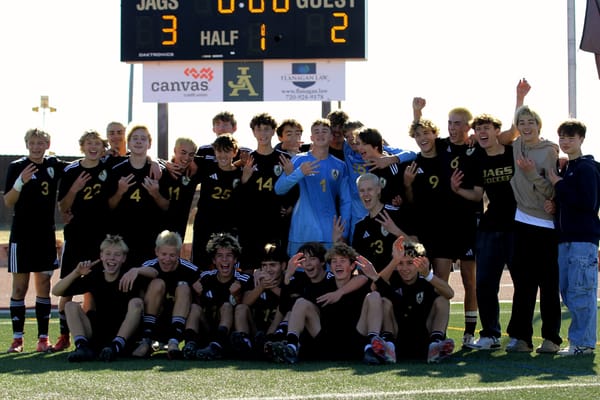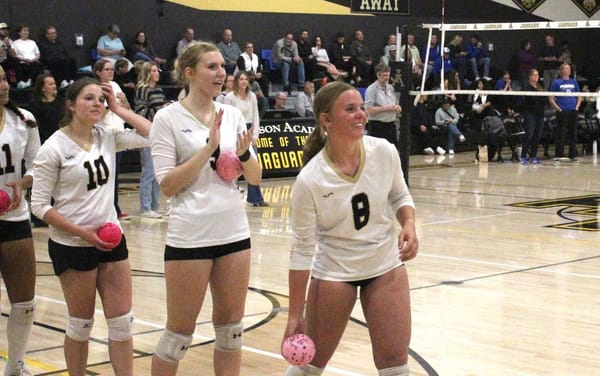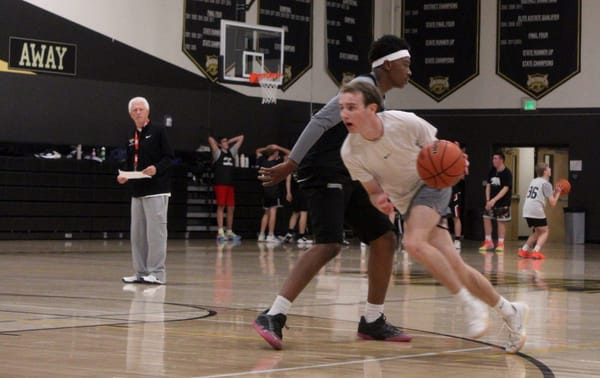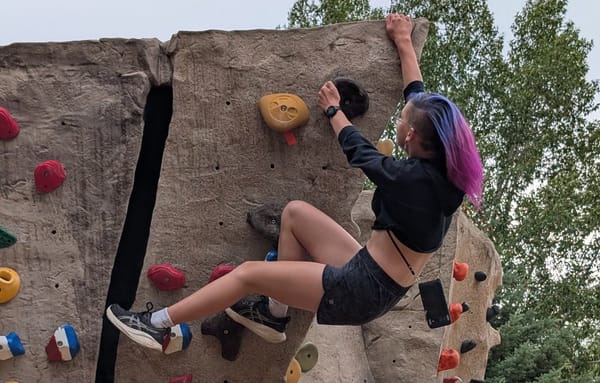Pressured by Pressure
A common struggle in high school is knowing how to identify peer pressure, and how to react to it.
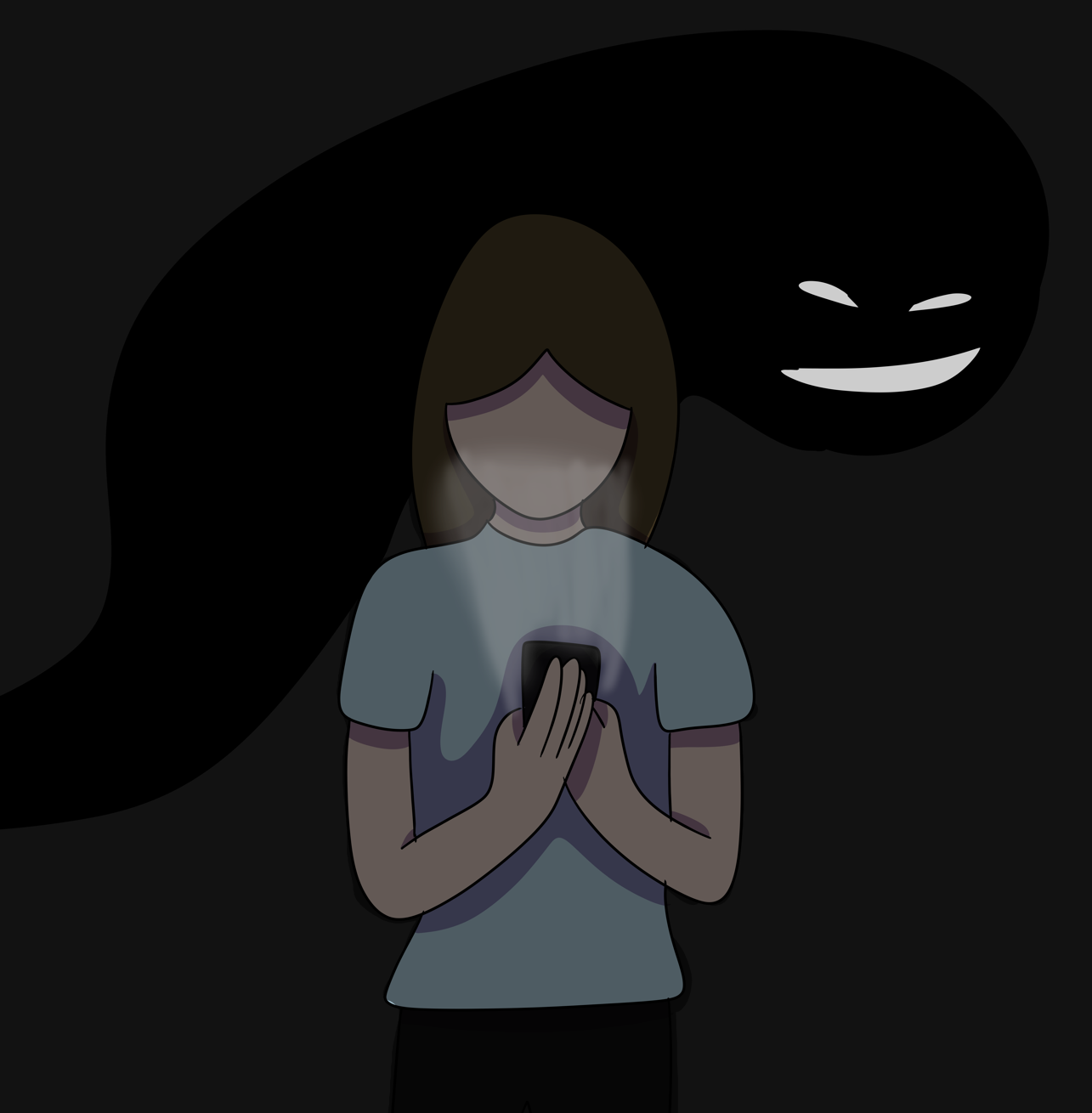
Different types of peer pressure can affect every person at JA. Whether positive or negative, peer pressure is something that impacts every student's daily routine. A common struggle in high school is knowing how to identify peer pressure, and how to react to it.
“Probably indirect peer pressure [has affected me the most in high school],” shared Claire Pillow. “A lot of it has been positive, but with negative side effects. My friends and I are really competitive—we push each other to study more and work harder, but it can also turn into an accidental contest.”
Peer pressure can be described as the process by which the members of a social group influence one another to make a choice they may resist. Olivia Johnson, a freshman at Jefferson Academy, opened up about how she feels peer pressure has impacted her the most since entering high school. Johnson states that she often feels more direct peer pressure at the school. “[Peer pressure affects me] probably by changing my mind or what I wear, how I act. I tone down my attitude depending on the group, like being quieter or more energetic,” said Johnson.
Peer pressure can happen to anyone at any age, so students must understand how it can influence them both socially and academically. The relationships students have with peer pressure changes considerably after moving up from middle school. Academic pressure is much more present in high school than ever before. Kyla Stephens, a freshman at JA, sums up the difference between middle and high school peer pressure: “Grades-wise and academics-wise, I feel like there's more pressure, but socially, I feel like there's less because everyone's wrapped up in their own world,” explained Stephens. “No one's focusing on each other because everyone's worried about what they're doing. In middle school, a lot more people were focused on what other people were doing, and it was more stressful.”
Peer pressure doesn’t always have to be negative. Commonly, in high school, students can be positively peer pressured to get good grades or work harder. Positive peer pressure can also be social—for example, pressuring a peer to leave a toxic relationship or friend group. Joshua Kingen, a freshman, speaks of a time when he has positively peer pressured. “In group assignments, where I've pressured teammates to work harder, that would be positive,” said Kingen.
Being stuck in a situation where somebody is being directly or verbally peer pressured can be incredibly dangerous and damaging. It is imperative that people, especially teenagers, know how to react in those situations if they are going to negatively impact them. It is important that students have a group of safe people to go to when unsafe situations surrounding peer pressure occur.
Pillow said, “It’s about surrounding yourself with people you trust. My current friends provide positive peer pressure. The key is having a strong support system, being secure in your friendships, and maintaining a strong sense of self.”

